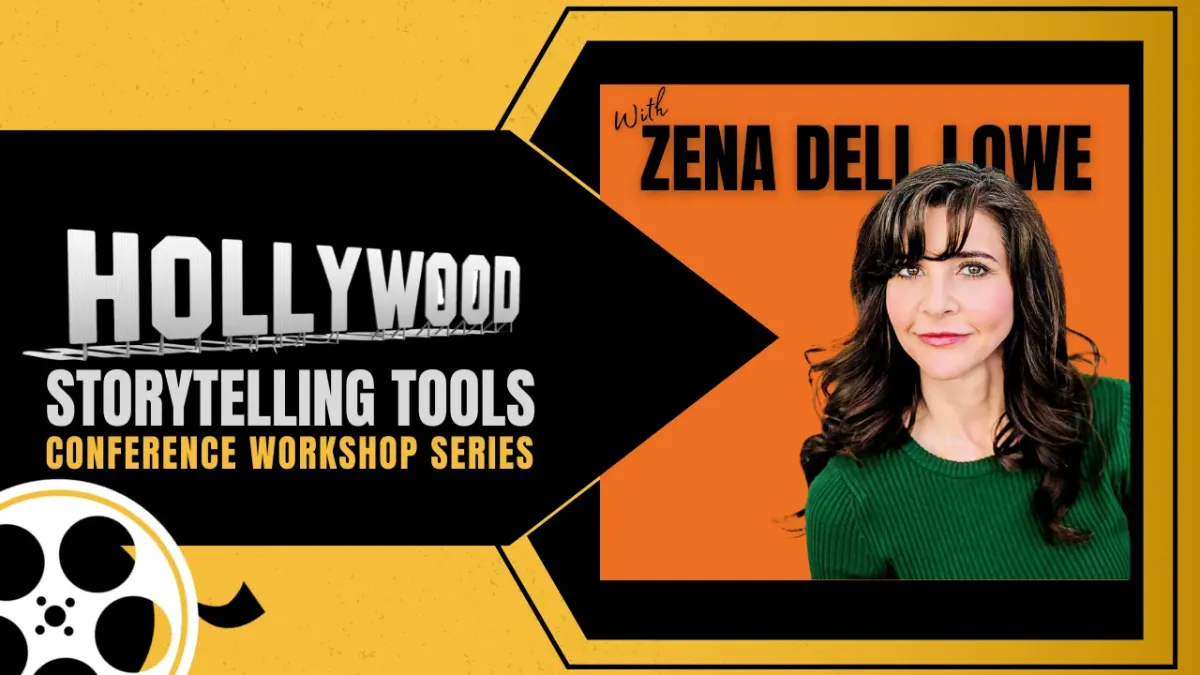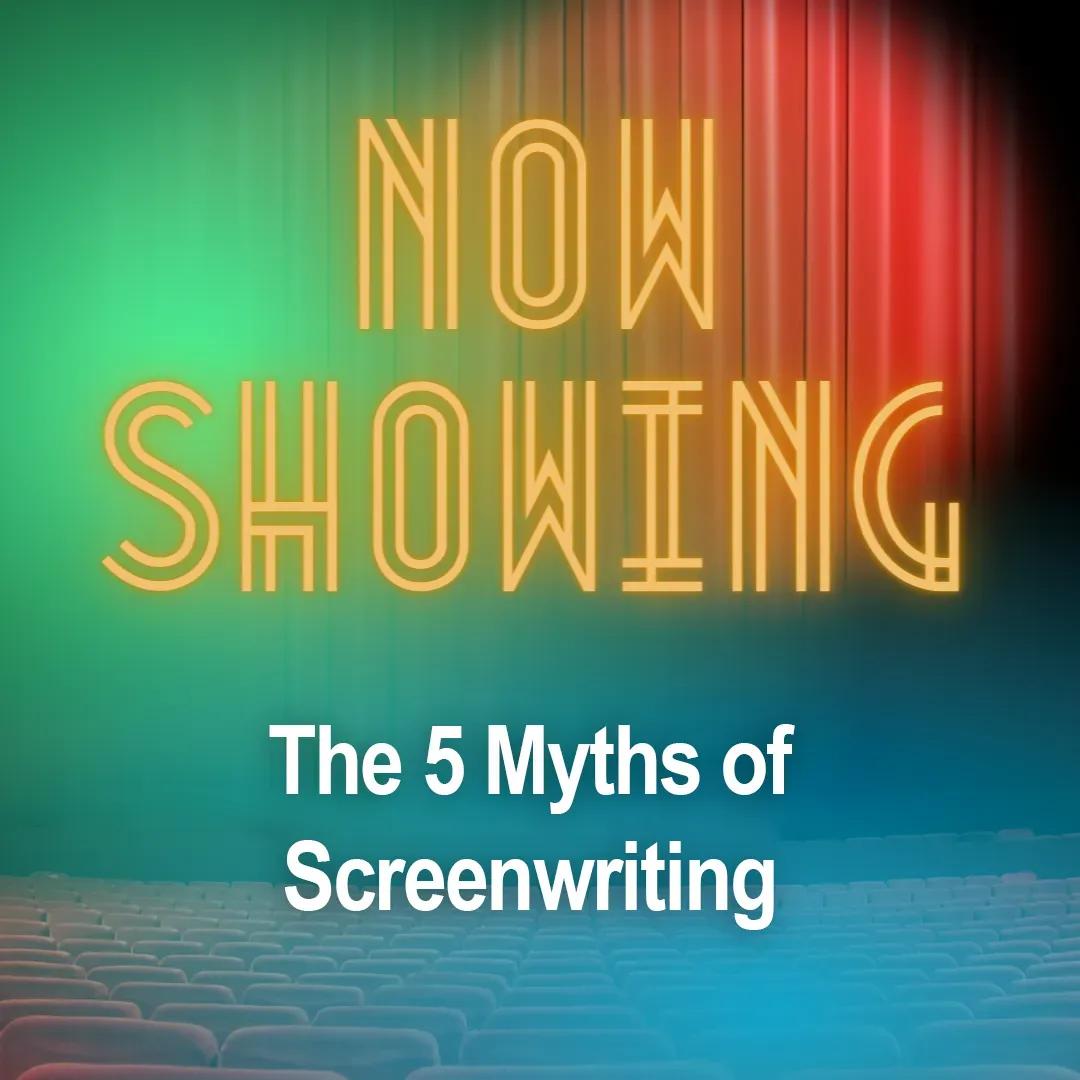Helping Writers Reach Their Full Potential
Our mission is to equip you with everything you need to master the craft of writing, achieve personal and commercial success, and maybe, just maybe, change the world.



"Zena is brilliant in every sense of the word, and it shows in everything she does."
BOB HOSTETLER
Author of 50 books. Literary agent with Steve Laube Agency







Featured in Conferences, Podcasts, and Writing Venues such as:
















MEET THE FOUNDER
Zena Dell Lowe is a passionate storyteller and seasoned entertainment industry professional with over 25 years of experience as a screenwriter, producer, actress, and script consultant. She's the host of the weekly podcast, The Storyteller's Mission with Zena Dell Lowe, and is a popular speaker at writers conferences all across the nation.
Zena loves story and storytellers. As the founder of The Storyteller's Mission, she offers advanced, no-nonsense classes, critiques, and coaching to writers of all levels. If you’re looking to elevate your storytelling abilities, look no further! Zena provides the clarity, confidence, and skills you need to succeed.

GET YOUR FREE VIDEOS HERE
Elevate your storytelling skills with our FREE tutorials for screenwriters and novelists

Hollywood Storytelling Tools
Take your writing to the next level and truly become a master of your craft by registering for one of our advanced, highly effective, online classes for writers at every level.
Formatting as an Artform
Whether you're an aspiring or experienced screenwriter, this course goes beyond the basics to teach you the secrets of industry-standard formatting for Hollywood. Discover how to transform your screenplay into a visual and emotional experience that stands out as a true work of art, and captures the attention of producers and decision-makers.

Our Services
Join our community by signing up for any of our high quality services

CLASSES
Take your writing to the next level and truly become a master of your craft by registering for one of our advanced, highly effective, online classes for writers at every level.
CRITIQUES
Have a finished project that doesn't seem to be getting traction? The Storyteller's Mission offers in-depth critiques to help you identify problems and apply story solutions.


CRITIQUES
Have a finished project that doesn't seem to be getting traction? The Storyteller's Mission offers in-depth critiques to help you identify problems and apply story solutions.
See Zena LIVE at her next event:

Sign Up for Our Monthly Digest!
Join our inner circle! You'll be the first to hear about new classes, free workshops, and other valuable resources for writers when you sign up for our monthly digest.
By subscribing, you agree to receive occasional marketing emails from The Storyteller's Mission. Feel free to unsubscribe at any time.
TESTIMONIALS
Scroll through these amazing accolades to find out what others have had to say!

Susan May Warren
As a successful novelist, I know how to craft a story. Despite that, and reading dozens of books on screenwriting and even taking numerous classes, the nuances and execution of writing a successful screenplay eluded me. And then I found Zena Dell Lowe's FORMATTING AS AN ART FORM, and everything began to click. Bar none, this class is THE best course I've ever seen or taken on how to write a screenplay.
Author of over 75 novels, USA Today Bestselling, RITA, Christy, Carol Award Winning Novelist

Joseph R. Myers
I’ve written best-sellers, owned a successful publishing services company, and worked in the film industry for a few decades; I’ve never experienced a more practical and helpful writing program than FORMATTING AS AN ARTFORM. Zena’s ability to marry the technical with artform motivates the pursuit for excellent writing. I am now writing at my best as I use the technicalities to enhance the story.
Writer, Speaker and Marketing Consultant

Mary Beth Dahl
I’ve written scripts before, but this course has completely changed the way I think and approach scriptwriting. Zena’s incredible insights have deepened my understanding of not only how formatting is an artform, but how good stories and scripts are multi-faceted and built with intention. She’s a master teacher with tons of experience and knowledge. I’m only part the way through the course, and already I feel like I’ve gained valuable tools to help me become a better writer. I’m so thankful to be a part of it. I can’t wait to take some of her other courses!
Freelance Writer and Acquisitions Editor
UPCOMING EVENTS
Special Resources
Looking to improve your craft? Check out these additional offerings.

PODCAST
An essential podcast for artists and storytellers about changing the world for the better through story. New episodes available each Thursday on YouTube or the podcast app of your choice.

TUTORIAL
Ever wanted to be a screenwriter but don't have a clue how to succeed? Learn the secret to getting your script past the gatekeepers and into the hands of actual decision-makers in this FREE video tutorial.

BLOG
Zena Dell Lowe's articles are regularly featured on award-winning blog sites such as, "The Write Conversation." Find all of her articles in one, easy-to-navigate place, and transform your writing today.

CONSULTATION
Got questions? Need help on your project? Schedule a FREE 30-minute strategy session with Zena Dell Lowe to get personalized feedback about what steps you should take next.

© 2025 The Storyteller's Mission
General Inquiry
Privacy Policy
Earnings Disclaimer




